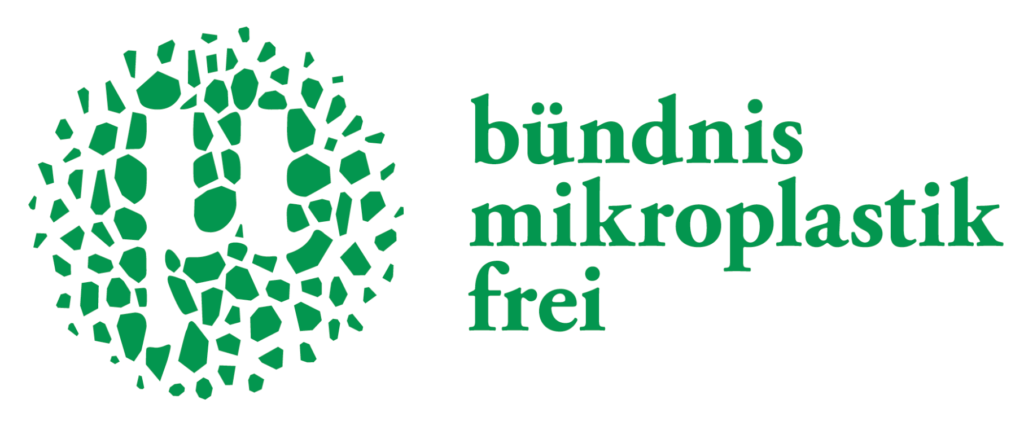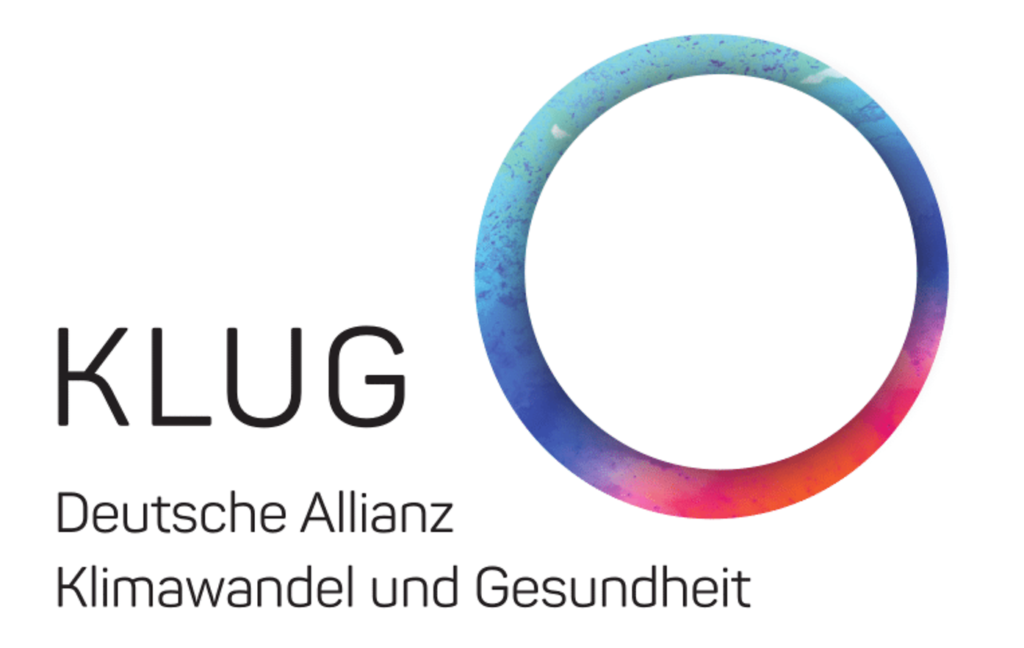Breast cancer due to parabens?
Parabens are chemical compounds that have antibacterial and antifungal properties. They are currently used in over 22,000 Cosmetics and Medicines used as preservatives. Parabens derive from the naturally occurring para-hydroxybenzoic acid which is found in many fruits and vegetables such as cherries, cucumbers, carrots and onions.
Numerous salts and esters of parabens are known. In animal experiments it was found that Methylparaben rapidly and completely absorbed after oral exposure, metabolised and excreted.
Due to their oestrogen-like structure, some parabens are suspected of endocrine disruptors to be. It is from Animal testing known to influence the hormonal system and to bind to oestrogen receptors in vivo and vitro. However, they appear to be much weaker than oestradiol.
As early as 2004, British scientists published a Studyin which they had detected parabens in breast tumours.
The Federal Institute for Risk Assessment (BfR) evaluated the study design and stated in a statement of 13 February 2004 that there was no link between deodorants containing parabens and the development of breast cancer. The dose of parabens was too low to show any relevant bioactivity
A Study with 2,548 participants was able to show in 2005 - 2006 that methyl and propyl paraben was detected in the urine of almost every test person. In addition, the measured concentration was significantly higher in women. This was explained by the more frequent use of cosmetic products.
Despite emerging concerns, the BfR held in its Opinion No. 009/2011 of 28 January 2011 a "general replacement of parabens in cosmetic products (...) does not make sense". And further stated: "Many of the other preservatives currently used would have a significantly higher allergenic potential than parabens".
In 2012, Harvey and Everett pointed out in a Study one or more paraben esters in 99 per cent of 160 samples from 40 mastectomies for breast carcinoma.
To date, however, sufficient toxicological studies are lacking and evidence of the carcinogenic effects of parabens. So far, only four parabens have been found in Experiments on rats (ethyl, methyl, butyl and propyl paraben).
Update 01.11.2021
In 2020, a study at the Charité hospital in Berlin showed that the urine of pregnant women who used cosmetics containing parabens, such as skin creams, contained up to three times more paraben compounds than usual. Observation of children up to the age of eight showed that butyl paraben was associated with a doubled risk of obesity. The effect was stronger in girls than in boys - presumably because butylparaben has an oestrogen-like effect.
The recommendation of paraben-containing care products and medicines should therefore be carefully considered.
Best known parabens:
Unobjectionable so far | Comment |
According to BfR: safe up to a concentration of 0.4% | |
Questionable | |
Listed as a possible endocrine disruptor | |
Listed as a possible endocrine disruptor | |
Toxic to aquatic organisms with long-term effect | |
Listed as a possible endocrine disruptor | |
Pentylparaben | No confirmed data, use is not recommended. |
Forbidden | |
Banned in cosmetics in the EU | |
Banned in cosmetics in the EU | |
Use prohibited | |
Echa Profiles:
Ethylparaben
Benzylparaben
Butylparaben
Methylparaben
Propylparaben
Isopropylparaben
Isobutylparaben
Phenylparaben
Information on maximum concentrations can be found here.
>> Download our Info sheet on parabens for your patients. <<
© Dr. med. Dipl. Biol. Susanne Saha 04/2021








